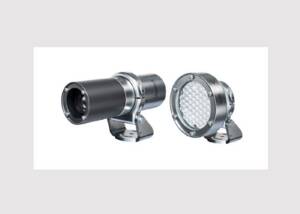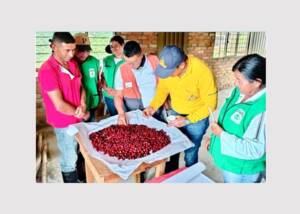Definitions of the guidelines for the single use plastic directive (SUPD) are not applicable to paper, board and cardboard. The Papiertechnische Stiftung (PTS) sees an urgent need for improvement.
News General news
Two years after the European Union launched the single use plastic directive (EU) 2019/904, European member states had to have transposed the directive into national law by 03 July 2021.

The guidance published at the end of May 2021 was intended to provide clarity on the interpretation of the terms used in the Directive. Specifically, it explained what is meant by a "main structural component", what is to be assessed as a natural polymer and when a polymer is considered to be chemically modified.
The definitions in the guidelines have led to massive uncertainty in paper production and processing. This concerns in particular the explanations of what constitutes a main structural component and what is meant by a plastic coating or lining. In principle, the Regulation and the Guidelines underline that paper and board can act as sustainable alternatives to single-use plastic articles. The drafters of the guidelines take this into account by interpreting paper that uses synthetic polymer-based retention or binding agents and processing aids in its manufacture as being excluded from the scope of the directive.
However, the guidelines state at the same time: "However, when a plastic coating or lining is applied to the surface of a material made of paper or board or any other material in order to provide protection against water or grease, the final product is considered as a composite article, [...] and [falls] [...] within the scope of the Directive".
It remains unclear here whether this refers primarily to laminates made of paper and plastics. Therefore, PTS points out that the application of aqueous dispersions to the paper surface, which is commonly used in paper production, cannot be compared with a plastic coating - as named in the guidelines.
This also corresponds to DIN 8580 2003-09 Manufacturing processes - Terms and definitions, classification. DIN 8050 describes "coating" as a process in which an adhesive layer of shapeless base material is applied to a substrate. The purpose is to specifically change the surface properties of the substrate, but not the substrate itself. The technological process of paper coating or also called painting, which is different from laminating, falls under subcategory 5.1 Coating from the liquid state and subcategory 5.2 Coating from the granular or powder state in DIN 8580.
In the case of coating paper using water-based polymer dispersions, no separate plastic layer is created, but instead the synthetic and natural materials selectively protect the underlying paper or board from external influences such as grease or moisture, without necessarily creating a structuring or separable plastic layer.
These contradictory and partly ambiguous definitions in the directive and the guidelines lead to immense uncertainty in future product design. They hinder the development of innovative paper-based materials that are developed with the aim of achieving the best possible recyclability and biodegradability. PTS therefore calls on the legislative bodies to create clarity in the interpretation of the directive and laws in the interest of the companies subject to the law.










